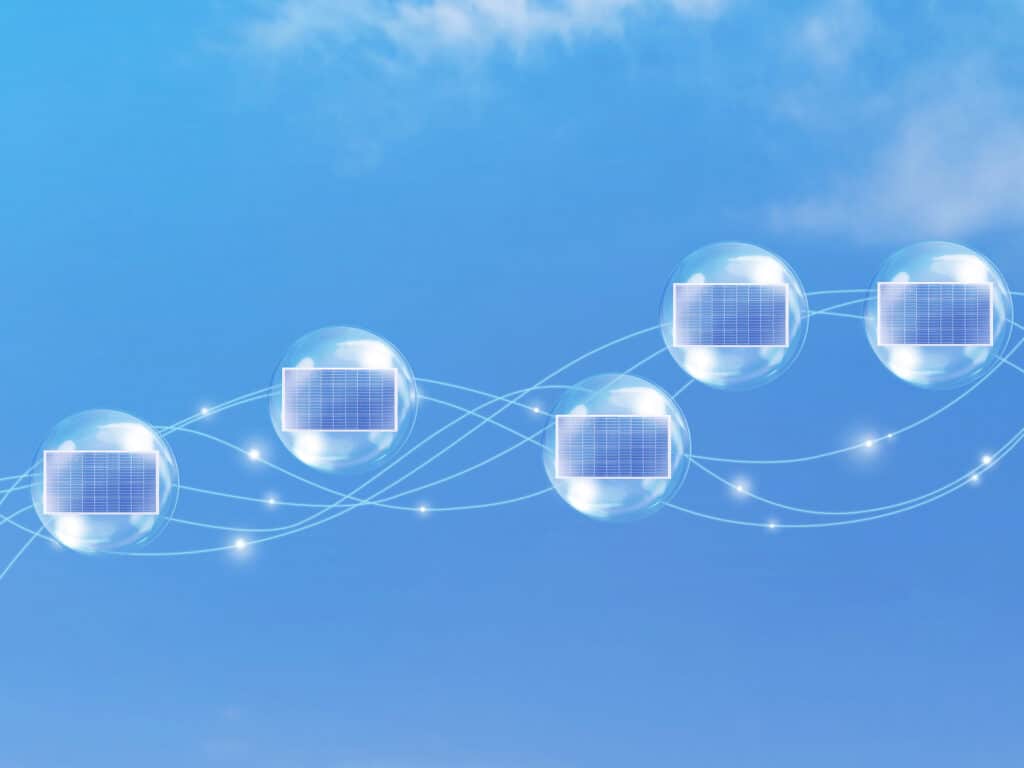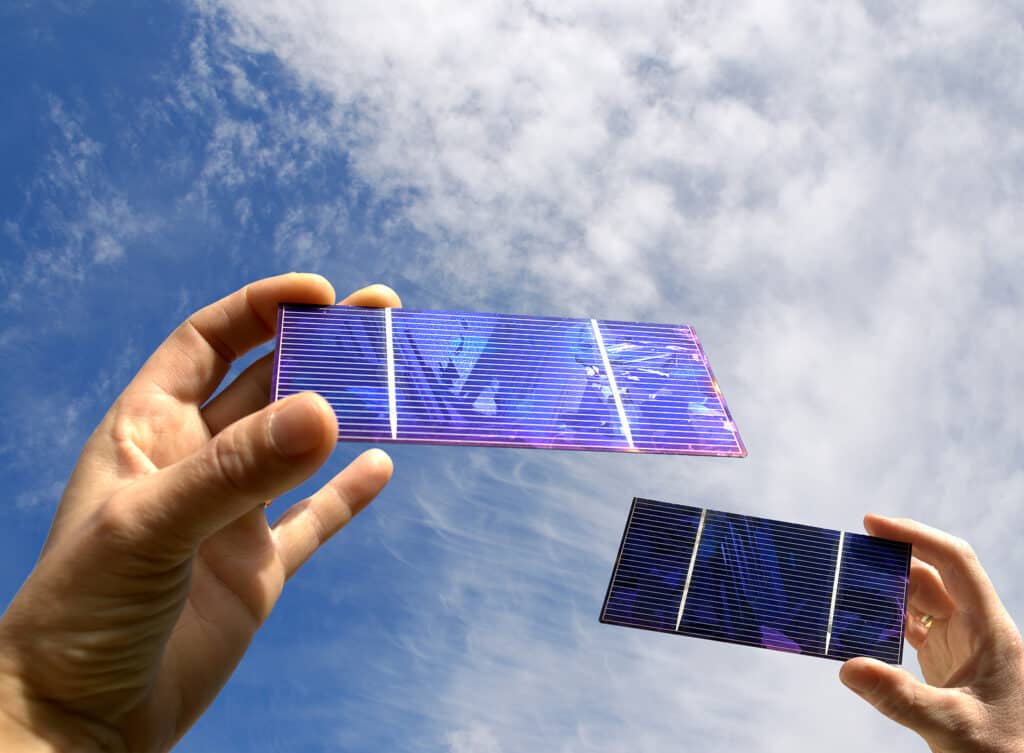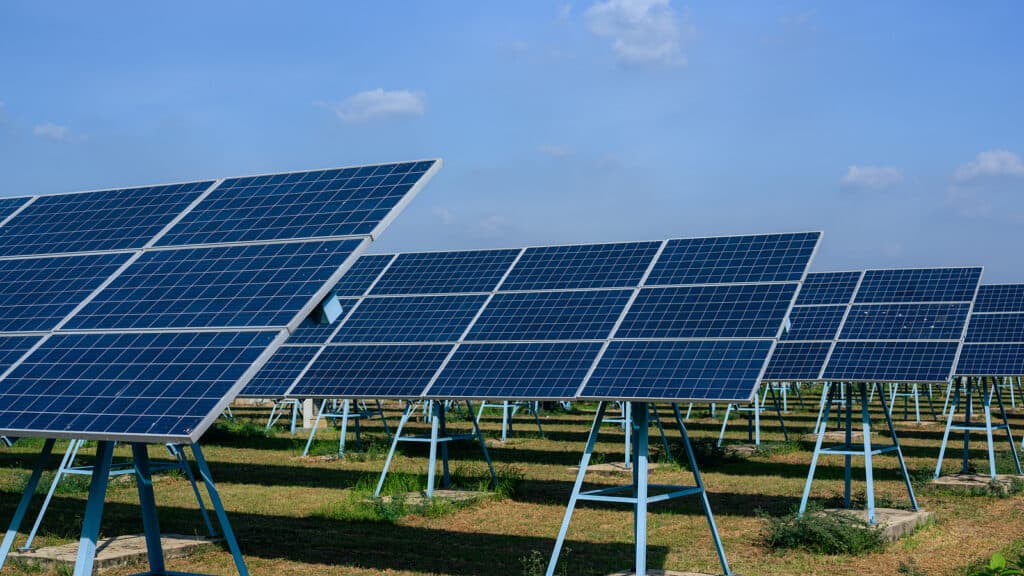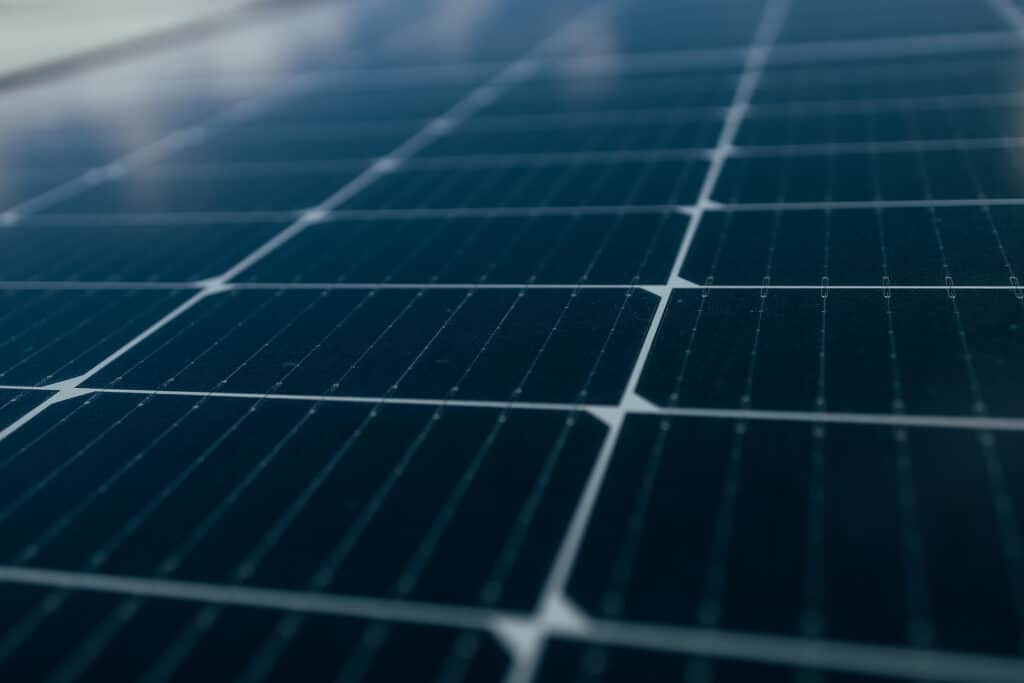Topcon Solar Cell: The Revolutionary Technology Powering the Future
As a homeowner, I am thrilled to have the opportunity to harness renewable energy from the sun and reduce my dependency on the grid with the cutting-edge technology of Topcon solar cells. The global energy crisis has heightened the urgency for renewable energy sources, and solar energy has emerged as a game-changer in the renewable energy market. With the constant development of new technologies, the potential of solar energy has expanded like never before.
Topcon solar cells have captured my attention due to their innovative and highly efficient design. By installing these advanced solar cells, I can generate clean energy right from the sun, allowing me to contribute to a greener environment and reduce my carbon footprint. Moreover, this move towards solar energy empowers me to take control of my energy consumption and costs.
What is a Topcon Solar Cell?
Topcon is a type of solar cell that is based on the heterojunction with intrinsic thin layer (HIT) technology. HIT solar cells consist of a thin layer of intrinsic (i) silicon sandwiched between a p-type and n-type doped layer. The p-type and n-type layers are made from different materials, such as amorphous silicon or microcrystalline silicon. HIT technology improves the efficiency of the solar cell by reducing the recombination of charge carriers at the cell surface. This reduction results in a higher open-circuit voltage and an increased conversion efficiency.

How Does a Topcon Solar Cell Work?
The Topcon solar cell is an advanced photovoltaic device that harnesses the power of sunlight to generate electricity through a meticulously designed series of layers. Each layer plays a crucial role in the conversion of sunlight into usable electrical energy. Let's delve into the intricate workings of this solar cell:
Transparent Conductive Oxide (TCO) Layer
The Topcon solar cell structure begins with a front layer called the Transparent Conductive Oxide (TCO) layer. Typically constructed using a material like indium tin oxide (ITO), this layer acts as the front contact of the solar cell. It possesses the unique property of being transparent, which allows sunlight to easily pass through to the underlying layers without significant absorption or reflection.
N-type Doped Layer
Directly beneath the TCO layer lies the n-type doped layer, which is made of amorphous silicon. This layer serves as the absorber, capturing the photons present in sunlight. When sunlight strikes this layer, it excites the electrons in the silicon atoms, generating electron-hole pairs. These electron-hole pairs are essential for creating an electric current within the solar cell.
Intrinsic Layer
The intrinsic layer is a strategically placed, thin layer of silicon located between the n-type and p-type layers. This layer plays a vital role in enhancing the solar cell's performance. By reducing the recombination of charge carriers (electrons and holes) that may occur at the interface of the n-type and p-type layers, the intrinsic layer improves the overall efficiency of the solar cell. Additionally, it increases the open-circuit voltage, which is a key factor in maximizing the energy output of the solar cell.
P-type Doped Layer
Next in line is the p-type doped layer, which is constructed using microcrystalline silicon. This layer functions as the back contact of the solar cell. Its main responsibility is to collect the electrons generated by the intrinsic layer through the absorption of sunlight. Once collected, the p-type layer efficiently transports these electrons to the external circuit, initiating the flow of electric current.
Metal Contact
Finally, the solar cell is completed with a thin layer of metal known as the metal contact. This metal layer acts as the bridge between the solar cell and the external circuitry. It is responsible for efficiently transferring the generated electricity from the solar cell to the connected electrical devices or the power grid, enabling practical applications of the solar cell's energy.
When sunlight passes through the TCO layer, it is absorbed by the n-type doped layer, which generates electron-hole pairs. The electron-hole pairs then move to the intrinsic layer, where they are separated by the built-in electric field. The electrons move to the p-type doped layer and are collected by the metal contact, while the holes move to the TCO layer and are collected by the external circuit. This movement of electrons and holes generates an electrical current, which can be used to power electrical devices.

Advantages of Topcon Solar Cells
Higher Conversion Efficiency
Topcon solar cells exhibit a remarkable advantage in terms of conversion efficiency when compared to conventional solar cells. This heightened efficiency is primarily attributed to the innovative Heterojunction with Intrinsic Thin-layer (HIT) technology incorporated within the design. HIT technology significantly reduces the undesirable recombination of charge carriers that often occurs at the surface of the solar cell. As a result, a larger proportion of the absorbed sunlight is effectively converted into electrical energy, leading to higher overall efficiency levels.
Lower Temperature Coefficient
Temperature fluctuations can significantly impact the performance of solar cells. The temperature coefficient of a solar cell indicates the rate at which its efficiency decreases with rising temperatures. Topcon solar cells boast a distinct advantage in this aspect as well. Thanks to HIT technology and careful engineering, they possess a lower temperature coefficient when compared to conventional solar cells. This characteristic enables them to maintain their efficiency over a broader range of temperatures, making them more reliable and effective in various climatic conditions.
Enhanced Durability and Longer Lifespan
The durability of solar cells is a critical factor in ensuring long-term sustainability and economic viability. Topcon solar cells, once again owing to the HIT technology, demonstrate superior durability compared to conventional solar cells. The HIT design minimizes the degradation of the solar cell over time, reducing the impact of environmental factors, such as exposure to sunlight and temperature fluctuations. Consequently, Topcon solar cells have a prolonged lifespan, ensuring consistent performance and energy production over many years.
Improved Low-Light Performance
One of the standout advantages of Topcon solar cells lies in their exceptional performance under low-light conditions. Conventional solar cells often struggle to produce significant power when subjected to minimal sunlight, such as during overcast days or dawn and dusk. However, Topcon solar cells excel in such scenarios due to the HIT technology's ability to maintain a higher open-circuit voltage. This feature enables the solar cell to generate electricity even when sunlight intensity is relatively low, providing a more reliable and consistent energy output.
Increased Flexibility for Diverse Applications
Topcon solar cells offer an impressive level of flexibility, making them highly versatile for various applications beyond the conventional solar panel installations. Their adaptability stems from the HIT technology, which enables the solar cells to be used in unique configurations, including curved surfaces and building-integrated photovoltaics (BIPV). This added flexibility opens up new possibilities for integrating solar cells into unconventional structures and designs, expanding the potential for renewable energy utilization in diverse settings.

Applications of Topcon Solar Cells
Residential and Commercial Solar Panels
Topcon solar cells find a highly practical and widespread application in the field of residential and commercial solar panels. Their exceptional conversion efficiency enables them to maximize electricity generation, even within limited installation spaces. Homeowners and businesses alike can benefit from Topcon solar panels, as they efficiently harness sunlight to produce a significant amount of clean energy, leading to reduced electricity bills and a reduced environmental impact.
Building-Integrated Photovoltaics (BIPV)
Topcon solar cells offer an innovative solution for building-integrated photovoltaics (BIPV). By seamlessly integrating these solar cells into various building materials, such as roof tiles and façades, structures can generate solar power without the need for traditional solar panels. This architectural integration not only enhances the aesthetics of the building but also turns it into a self-sustaining source of renewable energy, contributing to reduced dependency on external power grids.
Portable Solar Chargers
Topcon solar cells are the perfect choice for powering portable solar chargers designed for electronic devices. These lightweight and easily transportable chargers leverage the high efficiency of Topcon solar cells to convert sunlight into electricity on the go. Whether for outdoor activities, camping trips, or travel, these portable solar chargers offer a convenient and eco-friendly means to charge smartphones, tablets, and other gadgets without relying on conventional power sources.
Solar-Powered Vehicles
Topcon solar cells play a key role in advancing the concept of solar-powered vehicles, contributing to the development of sustainable transportation. When integrated into the construction of solar-powered vehicles, such as cars, buses, or even drones, these solar cells harness sunlight to generate electricity that propels the vehicle's electric motors. This innovative application helps reduce the carbon footprint of transportation and lessens the reliance on traditional fossil fuels, making solar-powered vehicles an environmentally friendly transportation option.
Off-Grid and Remote Power Systems
Topcon solar cells have proven to be highly effective in off-grid and remote power systems, where access to conventional electricity grids is limited or non-existent. In areas without reliable power infrastructure, Topcon solar cells offer a reliable and sustainable source of electricity. These systems can be used to power remote research stations, telecommunications equipment, agricultural irrigation systems, and other critical applications, enhancing the quality of life and enabling economic development in remote regions.
Solar-Powered Water Pumping
Topcon solar cells are also employed in solar-powered water pumping systems, where they provide a clean and energy-efficient way to pump water for irrigation, livestock, and domestic use. These systems work particularly well in rural and arid regions, where access to electricity and water resources may be challenging. By utilizing solar energy, these water pumping solutions help improve agricultural productivity and support sustainable water management practices.
This video to understand Topcon solar panel
Future of Topcon Solar Cells
The outlook for Topcon solar cells is incredibly promising, positioning them to play a pivotal role in the renewable energy market of tomorrow. The success of the Heterojunction with Intrinsic Thin-layer (HIT) technology has already demonstrated impressive efficiency and durability, and ongoing research endeavors are poised to propel Topcon solar cells to new heights of performance and innovation.
Advancements in Tandem Solar Cells
One of the key areas of research and development focuses on the integration of Topcon solar cells into tandem solar cell configurations. Tandem solar cells represent a cutting-edge approach where Topcon solar cells are combined with other high-efficiency solar cell technologies. By leveraging the complementary strengths of different cell types, these tandem configurations have the potential to achieve even higher conversion efficiencies than standalone Topcon solar cells. Several prominent companies, including Panasonic and Toyota, are at the forefront of developing and refining this exciting technology, heralding a future of solar cells with unprecedented energy conversion capabilities.
Pioneering Space Applications
Topcon solar cells are poised to make a significant impact in space applications. Due to their high efficiency and exceptional durability, they have emerged as an ideal choice for harnessing solar power in the demanding environment of outer space. In this realm, Topcon solar cells can be employed to power satellites, spacecraft, and space stations. Their reliable and efficient electricity generation capabilities are instrumental in ensuring long-term and sustainable power supply for space missions, overcoming the challenges of operating in harsh cosmic conditions.
Enhanced Materials and Manufacturing Techniques
Continued research into materials science and manufacturing techniques is set to yield further advancements in Topcon solar cell technology. Scientists and engineers are actively exploring novel materials, nanostructures, and fabrication processes that can optimize the efficiency and durability of Topcon solar cells. These developments hold the potential to unlock new performance thresholds and drive down production costs, making solar energy even more accessible and economically viable on a global scale.
Integration into Everyday Objects
As technology progresses, there is growing interest in integrating solar cells into various everyday objects and surfaces. Topcon solar cells, with their superior flexibility and adaptability, are well-suited for such applications. From solar-powered smart devices to energy-harvesting wearables and intelligent building materials, the future could witness a proliferation of products and structures that seamlessly incorporate Topcon solar cells, revolutionizing the way we interact with and utilize solar energy.
Sustainable Energy Ecosystems
The future of Topcon solar cells extends beyond individual installations, with a vision of interconnected sustainable energy ecosystems. Topcon solar cells, when combined with energy storage technologies, smart grid systems, and advanced energy management solutions, can create comprehensive renewable energy networks. These interconnected systems have the potential to optimize energy distribution, reduce energy wastage, and enhance grid stability, fostering a cleaner and more resilient energy infrastructure.
Conclusion
As I reflect on the remarkable potential of Topcon solar cells and their role in revolutionizing the renewable energy industry, I can't help but feel a sense of excitement and hope for the future. As a homeowner, knowing that I have the opportunity to harness the power of the sun and reduce my dependency on the grid with this cutting-edge technology fills me with pride and a renewed commitment to sustainable living.
Learning about the innovative Heterojunction with Intrinsic Thin-layer (HIT) technology behind Topcon solar cells has given me a deeper appreciation for the complexity and ingenuity involved in converting sunlight into clean electricity. Understanding how each layer of the solar cell works in harmony to maximize energy conversion efficiency has instilled in me a sense of wonder for the incredible advancements in science and engineering.
The advantages offered by Topcon solar cells are nothing short of remarkable. Their higher conversion efficiency, lower temperature coefficient, enhanced durability, and improved low-light performance showcase the immense progress we have made in harnessing solar energy to its fullest potential. These advantages not only make solar energy more economically viable but also contribute to a greener and more sustainable future.
Sources
https://www.sciencedirect.com/science/article/pii/S1876610215025059

